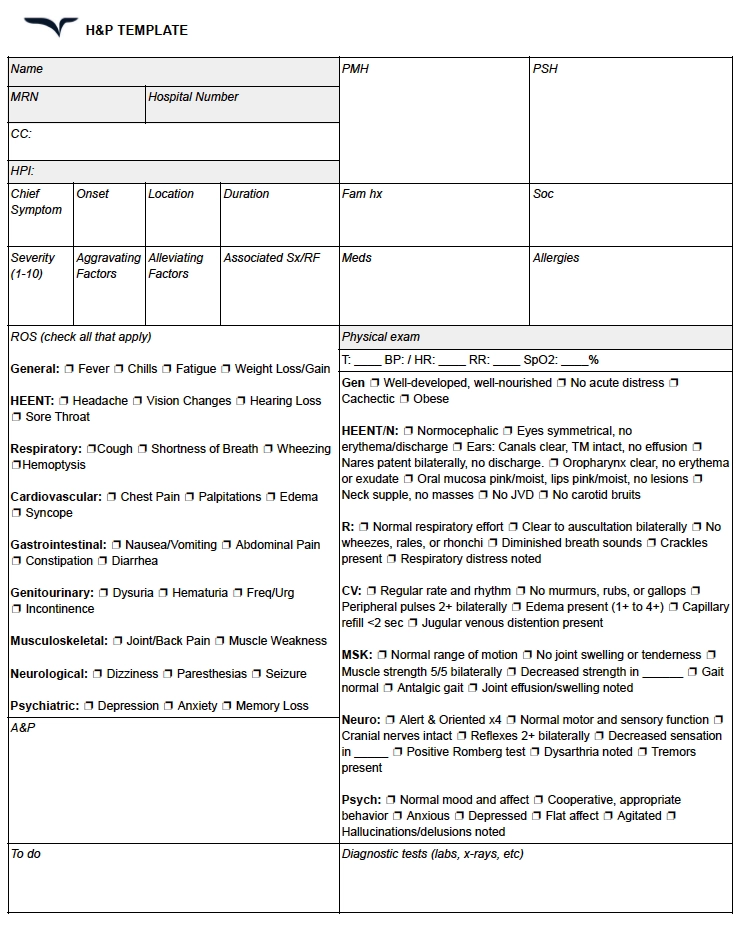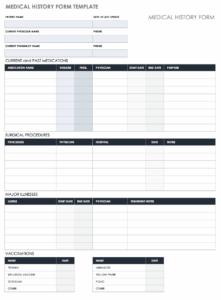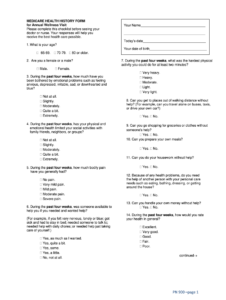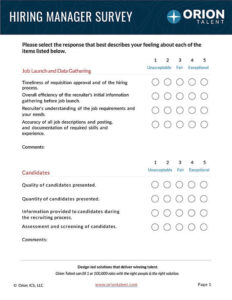So, you’re looking for a way to streamline your medical documentation? You’ve probably heard whispers about how medical scribes can alleviate the documentation burden on healthcare professionals. But employing a scribe involves more than just hiring someone – it requires a structured approach, and that’s where a well-crafted medical scribe documentation template comes into play. This isn’t just about filling out forms; it’s about creating a system that captures accurate, comprehensive, and readily accessible patient information.

Think of it like this: a medical scribe documentation template acts as a roadmap for scribes, ensuring they consistently record the crucial details during patient encounters. A good template reduces ambiguity, minimizes errors, and ultimately, helps providers focus on what they do best – patient care. It’s about creating a process that works for your specific needs and the unique requirements of your practice. The goal is better organized information, leading to enhanced patient safety and efficiency in the long run.
In this article, we’ll explore the importance of medical scribe documentation templates and delve into what makes them effective. We’ll discuss key elements to include, how to customize them for different specialties, and the benefits they bring to both the medical staff and the patients they serve. Whether you’re considering implementing scribes or simply looking to improve your existing documentation process, this guide will provide valuable insights into the world of medical scribe documentation.
Why a Medical Scribe Documentation Template is Essential
Imagine trying to build a house without blueprints. You might eventually end up with something resembling a home, but it’s unlikely to be structurally sound or meet your specific needs. The same principle applies to medical documentation. Without a standardized template, information can become scattered, incomplete, and difficult to retrieve. This not only increases the risk of errors but also consumes valuable time that could be spent on direct patient care. A well-designed template acts as the blueprint for comprehensive and accurate medical records.
One of the biggest benefits of using a template is consistency. When all scribes use the same format, the resulting documentation is uniform and easy to understand, regardless of who created it. This consistency simplifies the process of reviewing patient charts, identifying trends, and making informed clinical decisions. It also improves communication between different healthcare providers involved in a patient’s care.
Furthermore, a medical scribe documentation template helps to ensure that all relevant information is captured during the patient encounter. By prompting the scribe to document specific details, such as the patient’s chief complaint, medical history, medications, and examination findings, the template minimizes the risk of overlooking important information. This comprehensive documentation is crucial for accurate diagnosis, effective treatment planning, and defensible medical practice.
Beyond improved accuracy and consistency, using a documentation template also enhances efficiency. Scribes can quickly and easily fill in the required information, reducing the amount of time spent on documentation. This allows providers to see more patients and reduces the administrative burden on medical staff. In a busy healthcare environment, this time savings can make a significant difference in productivity and overall workflow.
Finally, a medical scribe documentation template can be customized to meet the specific needs of different specialties. For example, a template for a cardiology practice will include different fields and prompts than a template for a dermatology practice. This customization ensures that the template is relevant and useful for the specific type of patient care being provided.
Key Elements of an Effective Medical Scribe Documentation Template
Creating an effective medical scribe documentation template requires careful consideration of the information that needs to be captured and the way in which it should be organized. While the specific elements may vary depending on the specialty and practice setting, there are some core components that should be included in virtually every template. These include patient demographics, chief complaint, history of present illness (HPI), past medical history, medications, allergies, family history, social history, review of systems (ROS), physical examination findings, diagnostic test results, assessment and plan, and discharge instructions (if applicable).
Patient demographics provide essential identifying information, such as the patient’s name, date of birth, address, and insurance information. The chief complaint is a concise statement of the patient’s primary reason for seeking medical care. The HPI is a detailed description of the patient’s current illness or problem, including the onset, duration, severity, and associated symptoms. The past medical history includes information about the patient’s previous illnesses, surgeries, and hospitalizations. Medications and allergies are critical components for ensuring patient safety. Family history and social history provide valuable context for understanding the patient’s overall health.
The review of systems (ROS) is a systematic inquiry about the patient’s symptoms in different body systems. This section helps to identify any potential problems that may not be apparent from the chief complaint or HPI. The physical examination findings should be documented in a clear and concise manner, including relevant observations and measurements. Diagnostic test results should be accurately recorded and interpreted. The assessment and plan is a summary of the provider’s diagnosis and treatment plan. Finally, discharge instructions should be provided to the patient in a clear and understandable format.
In addition to these core elements, an effective template should also include space for the scribe to add any additional relevant information or observations. It’s also important to ensure that the template is easy to use and navigate. Clear headings, subheadings, and formatting can help to make the template more user-friendly. Furthermore, the template should be regularly reviewed and updated to ensure that it remains relevant and effective.
Ultimately, the goal of a medical scribe documentation template is to create a comprehensive and accurate record of the patient encounter. By including all the essential elements and organizing them in a clear and logical manner, the template can help to improve the quality of patient care, reduce the risk of errors, and enhance efficiency in the healthcare setting. When correctly used, a medical scribe documentation template can be an invaluable asset to any medical practice, especially where physicians are struggling to keep up with the demands of electronic health records.
Implementing a medical scribe documentation template offers multiple benefits for healthcare professionals, patients, and the overall efficiency of medical practices.
The use of templates simplifies data collection and improves data quality. It can also improve communication, patient care, and compliance. Implementing an effective medical scribe documentation template is a strategic investment that can improve various aspects of a healthcare facility.



